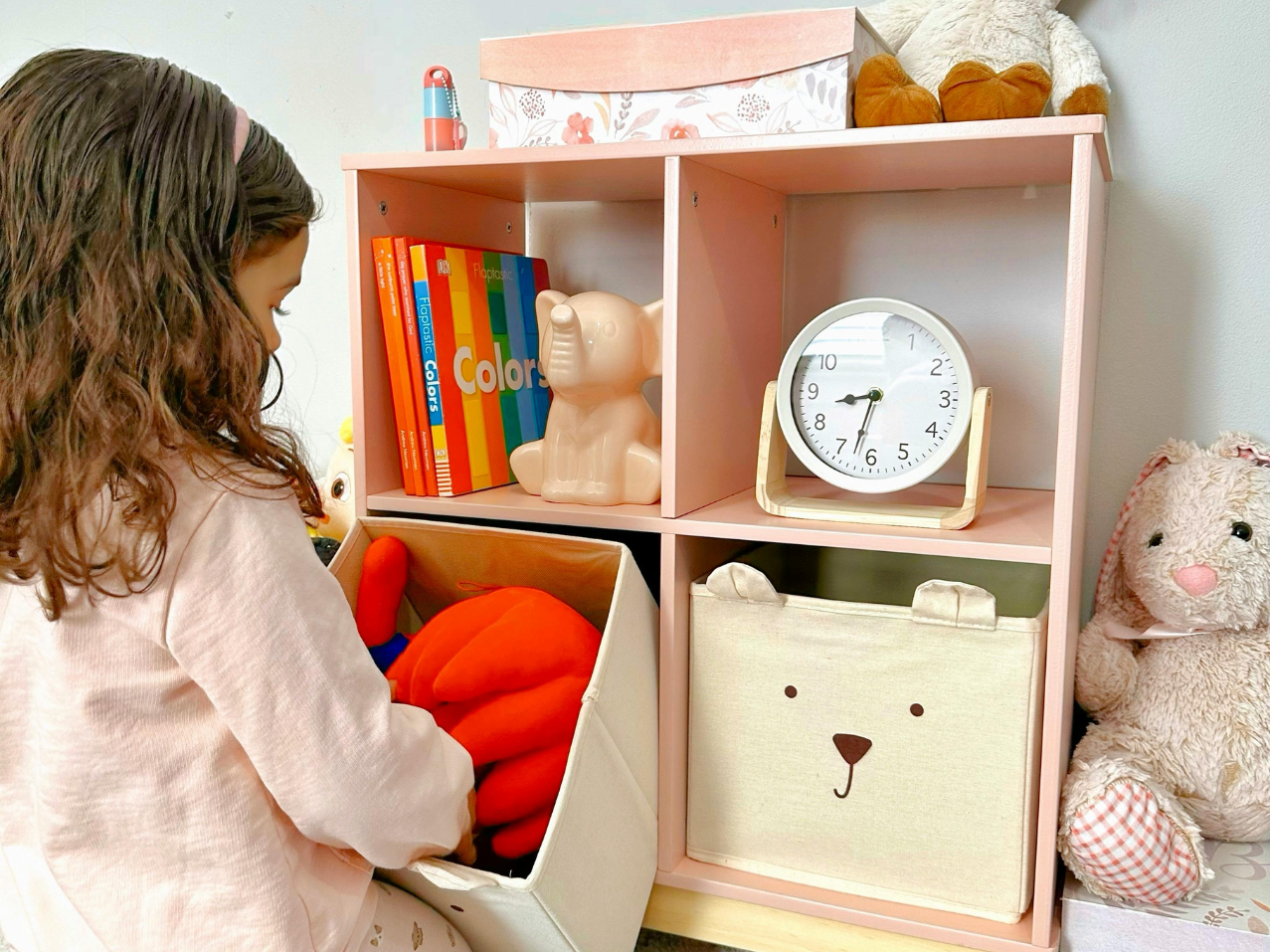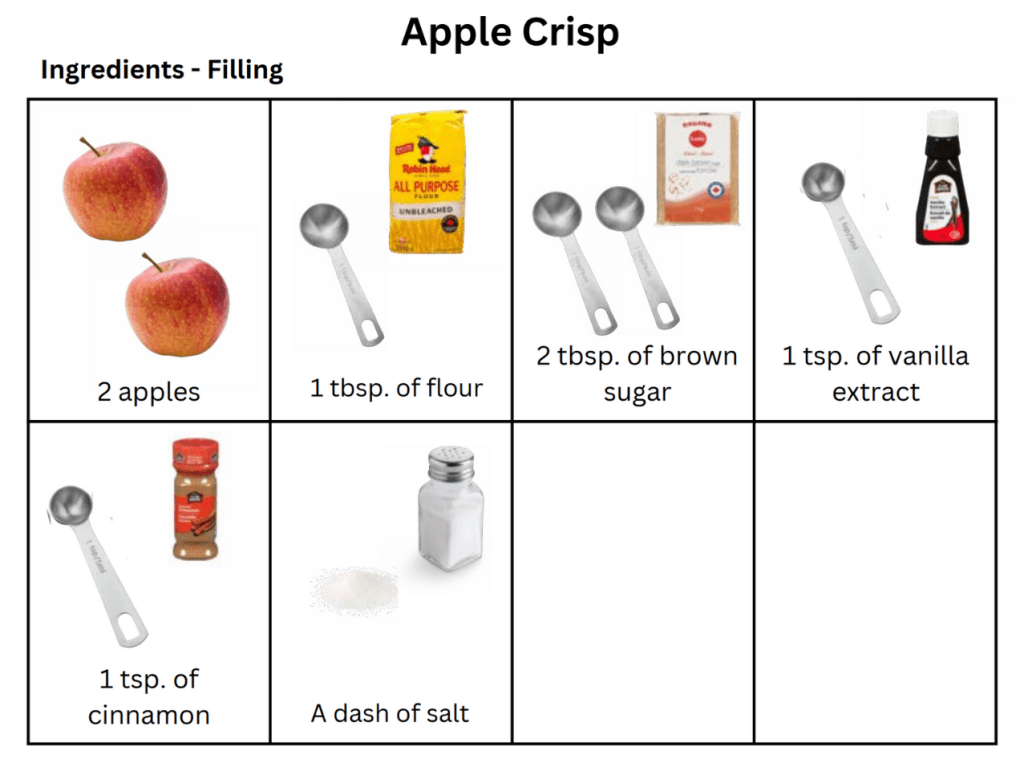Menu
-
-
Shop Holiday Items
-
Shop Gifts By Age
- Gifts For a 0-6 Month Old
- Gifts For A 6-12 Month Old
- Gifts For A One Year Old
- Gifts For A Two Year Old
- Gifts For A Three Year Old
- Gifts For A Four Year Old
- Gifts For A Five Year Old
- Gifts For A Six Year Old
- Gifts For A Seven Year Old
- Gifts For An Eight Year Old
- Gifts For A Nine Year Old
- Gifts For A Ten Year Old
-
Shop Gifts By Budget
- New Arrivals
-
Toys
- Large Active Toys
- Animal Toys
- Arts & Crafts
- Award-Winning Toys
- Bath Toys
- Birthday Wishlists
- Building Toys
- Cars, Trains, & Trucks
- Games
- Instruments
- Loose Parts Play
- Loot Bag Toys
- Made in Canada
- Outdoor Toys
- Pretend Play
- Puzzles
- Sensory And Fidget Toys
- Sensory Bin Tools & Fillers
- STEM Toys & Activities
- Toronto-Themed Gifts
- Travel Toys
- Wooden Toys
- Waiting Room Toys & Furniture
-
Montessori Materials
- Montessori At-Home Program
-
Montessori Furniture
-
Bundles & Sales
-
Books
-
Shop By Age
-
Shop By Brand
- Brands A-F
- Brands G-L
-
Brands M-R
- MagicPlaybook
- Magna Tiles
- Make Believe Ideas
- Makedo
- Manhattan Toys
- Math for Love
- Milaniwood
- MindWare
- Mojo Toys
- Moluk
- Moulin Roty
- Native Northwest
- nic
- Nienhuis
- Ooly
- Opinel
- Ostheimer
- Papoose
- Peaceable Kingdom
- Plan Toys
- Plus-Plus
- Preschool Collection Watches and Timers
- Ravensburger Puzzles
- Real Life Pages
- Brands S-Z
-
- 866-901-4696
- Gift Registry
- Login


Should your child have toys in their bedroom?
2 min read
A BIG part of Montessori is the environment.
The right environment helps children to develop:
- confidence
- independence
- concentration
- a sense of responsibility
And the bedroom is an important part of this.
Here is what you would find in a Montessori bedroom:
- A bed
- A low dresser or cupboard where they can independently select their clothing
- A small laundry basket for your child to place their dirty clothes
- A small stool for self-dressing (optional: next to length-wise mirror)
- Optional (if there's space): a small table and chair with a basket of self-care items.
A Montessori bedroom is designed to be safe but functional, with potential hazards secured or removed, allowing the child to learn to care for themselves independently.
But what about toys? Should your child have toys in their bedroom?
There's not one clear approach and it really depends on what's best for your child.
Why You Should NOT Have Toys in the Bedroom
Montessori teaches that every room in the house has a specific purpose, i.e. bedrooms are for sleep and dressing. This appeals to a young child’s sense of order.
Having a designated function for each area of the home helps children to recognize "this is where I eat/sleep/play, etc". This predictability helps them to feel secure and builds their confidence.
It can be especially helpful to keep the bedroom exclusively for sleeping/resting/dressing if your child is having trouble sleeping in their bedroom. Being in a room surrounded by toys you want to play with can make falling asleep more challenging.
The Benefits of Toys in Your Child's Bedroom

The risk of making a bedroom a "sleep only" space with no toys is that your child misses out on the opportunity to have a space of their own.
So much independence is developed when a child knows they can retreat to their bedroom to take a break, play with their dolls, read books, etc.
And because you’ve ensured the space and everything in it is safe for your child, you can have peace of mind while they’re spending time in there.
Independent playtime, especially when initiated by the child, tells you "I’m okay on my own" which is a powerful thing for a young child to learn.
Finding Balance
If you want to include a small toy shelf in your child’s bedroom, "quiet" toys like puzzles, animal or people figurines, sensory bottles, books, etc. are recommended. A Yoto Player with story cards would work well too.
The goal is for the space to not overstimulate the child with toys that have flashing lights, loud noises, invite a lot of movement, etc.
Ideally, any toys in the bedroom should also be ones your child can play with independently, meaning they are safe and developmentally appropriate.
Join Our Montessori Community
Sign up to get weekly activities, free printables, Montessori parenting guidance, and so much more.
Plus, get $10 off your first order of $100+.
Like this article? Get new articles, weekly activities, free printables, Montessori parenting guidance, and so much more.
One mom recently shared:
"Your newsletter is always SO great. It is one of the few I open and read weekly. You provide so much value. Thank you!"


